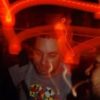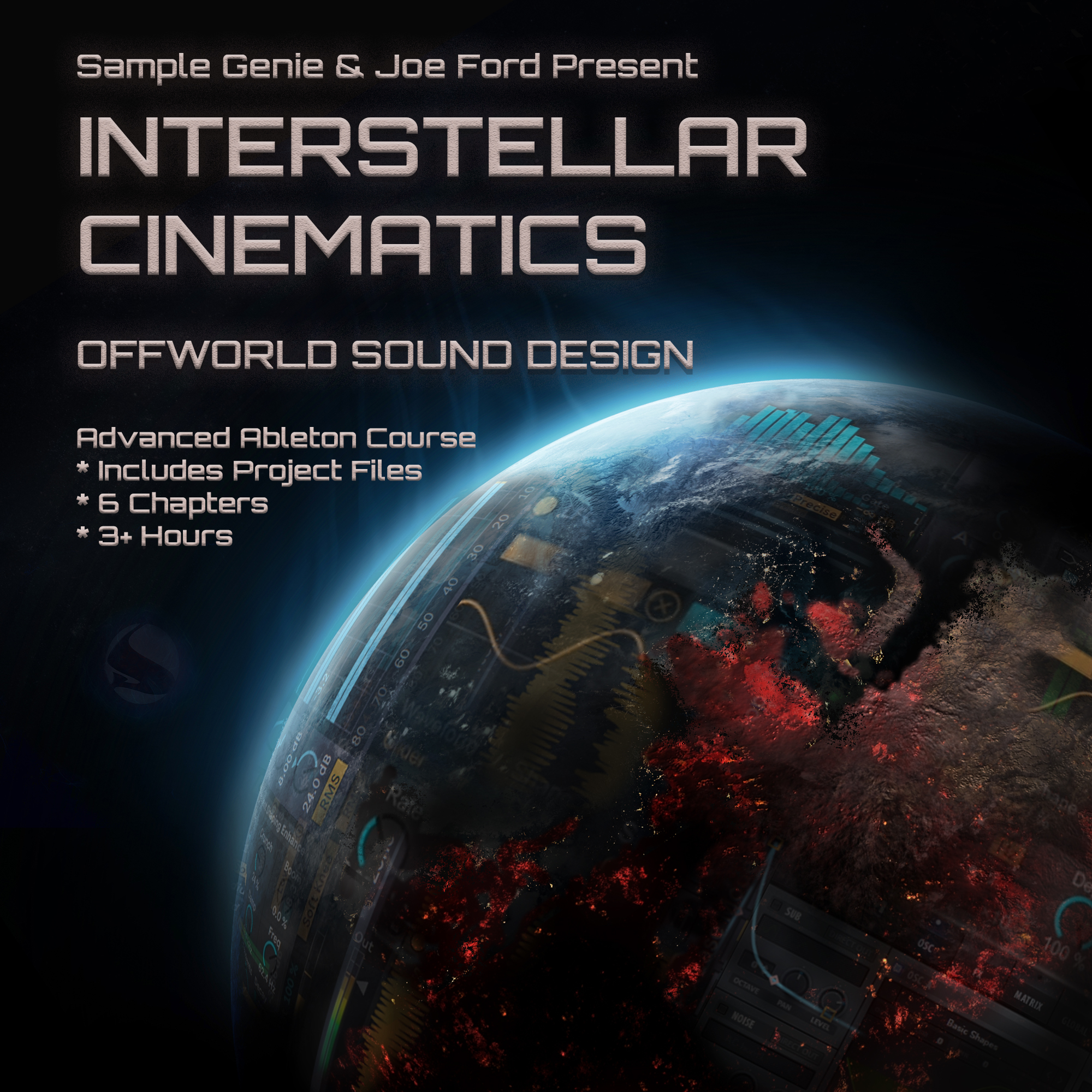S1E02: State Of Mind – Workflow & Arrangements
- This topic has 2 replies, 2 voices, and was last updated 6 years, 11 months ago by ,
 Harry.
Harry.
-
AuthorPosts
-
-
2017-08-10 at 01:33:51 #28861,
 HarryModerator
HarryModeratorTutorial done by Stu from the duo State Of Mind.
DAW used: Cubase – easy to follow along in any other DAW
Third Party Plug-Ins used:- Superior Drummer – drum ROMpler
- ReFX Vanguard – discontinued VST
- D16 Decimort
- Fab Filter Pro-Q
- A lot more glanced at throughout the tutorial
Originally watched this in August 2013, then rewatched in July 2017. Notes are a combination of the two viewings.
Tune used for this tutorial is State Of Mind – “Spastic Audio“:
Notes & Observations:
Introduction to the tutorial, Stu states that they are fans of folder tracks, and have theirs set up as follows:- Drums
- Bass
- FX
- Pads
- Vocals
Also like using folders for their auxiliary channels:
- li>FX channels
- Group tracks
- VST instruments
Stu says having a consistent approach to production helps improve workflow
02:45 – looking at drums first.
- Delays & FX used on the cymbals in the intro are different from what is used for the rest of the track. Makes the cymbals unique for that section.
- SOM like to combine clean one-hit drums and old break samples, using both audio and MIDI (i.e. samplers)
- Kick is created out of three layers:
- Main kick
- A high frequency kind of crunch, something that sounds good layered with the main kick
- An off-beat accent kick
- 04:45 – explaining using a kick with now mixer output being used as a sidechain trigger. Devices can read the input of the kick without the kick being audible through a mixer. Kind of a standard technique nowadays I think.
- 05:50 – talking about Superior Drummer
08:20 – next is bass
- For this track, SOM used audio files to create the bass sounds, using a resampling approach
- Feels there is a need for melody in the bassline
- At the time of this tutorial, SOM liked using the ReFX Vanguard to create their sub basses
- The patch used seems to be a super square patch
- Vanguard is now a discontinued VST, plenty of other soft synth options available.
- Mid range basses are slices of a longer bass sample, with different distortion chains on different slices and/or loops.
15:30 – FX and short sounds section, basically short sounds, stabs, one-shots, sweeps and swells
- The hook for the tune is in this section, the glitchy modem type sound
- Tend to use two reverb busses for the track, one a room reverb (the bigger, longer sounding reverb), and one drum reverb (the short, “sound of the room” reverb)
18:30 – discussion of the riser in the introduction, feels the need for rising movement in intros, that it makes the intro more interesting.
- Feels that a droning pad on its own sounds dull
- Likes using FX such as frequency modulation and bit crushing, automating them over 16 bars
- Feels that 16 bars should have a point for reason to be there, rather just a synth drone plodding along
22:25 – further examination of the folder of FX tracks
Thoughts & Questions:
• The clip join type tool Stu uses in Cubase, was originally trying to figure out if you can do that in Logic. I can do it in Bitwig, basically you “join” audio files, and it creates a clip containing those files.• In Cubase, is there any real difference between Folders and Group tracks? I know in Logic X, which finally added a decent folder system, there are actually two types of folders, the first just being tracks packed together, the second being a summing folder that is essentially a bus. In Bitwig the folders are basically busses, although you can probably set up routing a few different ways.
• What are some creative ways of moving away from the droning pad intro section? Especially ways that fit different types of tracks?
• What is State Of Mind’s workflow like now in 2017? What about other processes? Any particular plug-ins mentioned that are still in their “go to” tool box now? What seems to be their preferred plug-ins currently? How do they start tracks, as sketches usually?
—–
I was trying to think of something from the tutorial to demo. If there are any requests, I’ll give it a shot. If anything, I do have templates made for Logic X and Bitwig that follow the folder structure mentioned in the tutorial. Also, next week I will post an analysis of S1E03: Hybris – Creative Percussion, and will try to post an analysis of S5E01: Disprove, as I’d like to get the S5 videos caught up & updated throughout the current season."Knowledge kept is knowledge lost." - Bobbito Garcia
-
2017-08-14 at 19:30:11 #28922,
 GENIE HQKeymaster
GENIE HQKeymasterThanks for another great summary, from one of our older videos. The questions at the end are all relevant and it’s handy as you can ask SOM these this year 🙂
Where you said:
” In Cubase, is there any real difference between Folders and Group tracks? ”Folder tracks are just ways of organising things visually on the page in Cubase, and you can create folders inside folders, they don’t handle audio.
Group tracks (and FX tracks too) are as you say, a Bus, so you can route the output tracks either directly, or through the aux sends, to them. And again you can route busses into one another. So group tracks in Cubase handle the audio.
-
2017-08-15 at 16:12:48 #28931,
 HarryModerator
HarryModeratorNice, thanks for explaining that. Basically what I thought in my mind when I started writing out questions during my watch. And I will definitely have some questions for SOM if they do a Q&A this year.
"Knowledge kept is knowledge lost." - Bobbito Garcia
-
-
-
AuthorPosts
- You must be logged in to reply to this topic.


